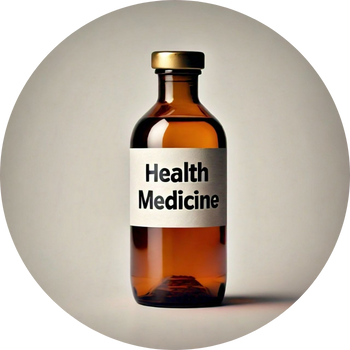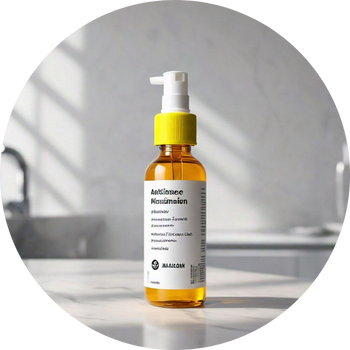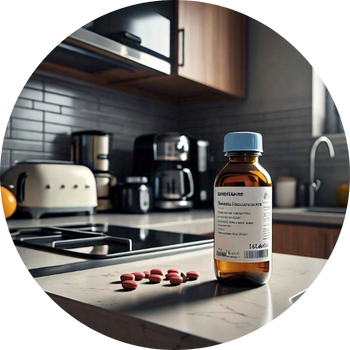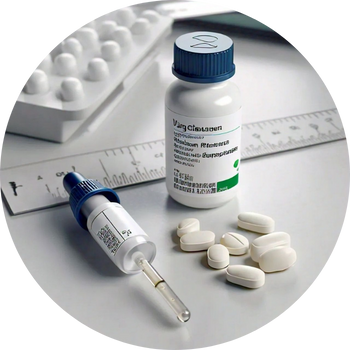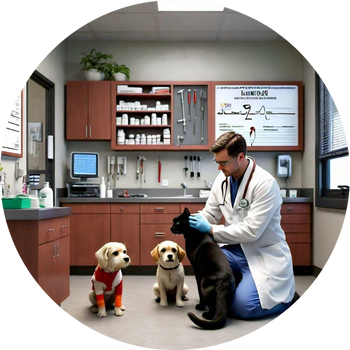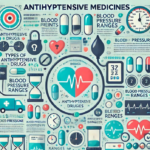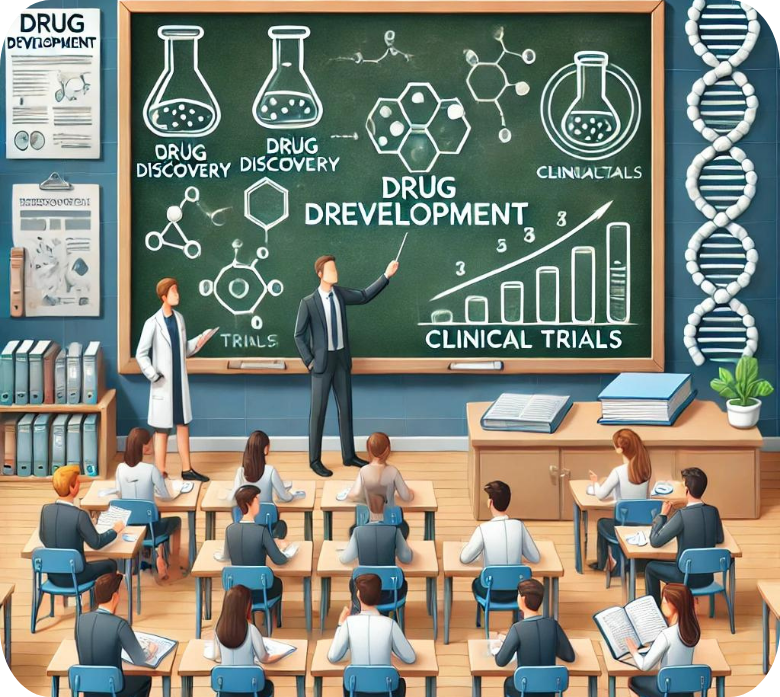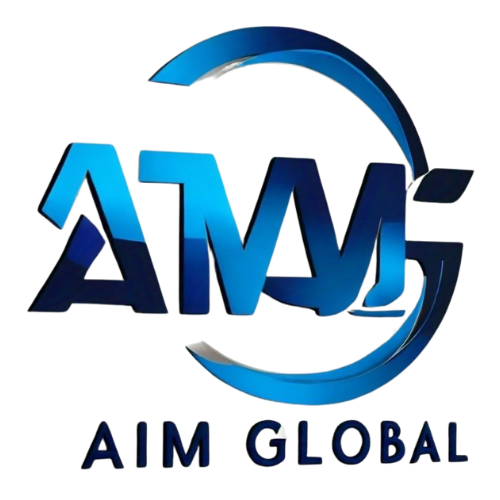Introduction
The journey of a pharmaceutical drug from concept to consumer is a long and intricate one, involving multiple stages of research, testing, and regulatory approval. Whether it's a new antibiotic drug, an antidepressant, or a generic version of an existing medication, each product must meet strict standards before it can be prescribed or sold. Understanding the drug development process not only sheds light on the significant time and resources required but also underscores the importance of each step in ensuring the safety and effectiveness of the medications we use.
"From lab to life: Unveiling the journey behind every life-saving drug."

1. The Stages of Drug Development
Drug development begins with the discovery phase, where researchers identify potential compounds for new pharmaceutical products. Preclinical research, which involves laboratory and animal testing, follows to assess the safety and biological activity of these compounds. If promising, the drug then enters clinical trials, a multi-phase process involving human volunteers. Phase I trials focus on safety, Phase II on efficacy, and Phase III on large-scale testing to confirm the drug's benefits and monitor side effects. Once these trials are successful, the drug undergoes regulatory review before it can be approved for public use.
2. Types of Drugs and Their Development Pathways
Different classes of drugs follow specific development pathways. For instance, antibiotic drugs must be rigorously tested for their ability to combat bacterial infections without contributing to antibiotic resistance. Antidepressant drugs require careful monitoring of their effects on mood and mental health. Similarly, the development of antihypertensive drugs involves understanding the pharmacology of antihypertensive drugs, such as how they lower blood pressure and the potential side effects. The process for each type of drug is tailored to its intended use, patient population, and potential risks.
3. The Role of Generic Products in Drug Development
Generic drugs play a crucial role in the pharmaceutical industry by offering cost-effective alternatives to brand-name medications. After the patent of a brand-name drug expires, other manufacturers can produce generic versions, provided they meet stringent regulatory standards. These generic products must demonstrate bioequivalence to the original drug, meaning they must have the same active ingredients, strength, and efficacy. Common generic drugs include those used for treating hypertension, such as hydrochloride drugs, and antidepressant drugs.
4. Veterinary Drug Development
Veterinary medicine also relies on a rigorous drug development process to ensure the safety and effectiveness of medications used in animals. Drugs for veterinary use undergo similar stages of development as human drugs, including preclinical and clinical trials. However, veterinary drug development presents unique challenges, such as the need to cater to a wide range of species and the difficulty in conducting trials. Commonly used drugs in veterinary medicine include antibacterial drugs and drugs used to treat blood pressure in animals. These veterinary drugs must meet high standards to ensure they are safe for both the animals and the humans who interact with them.
5. Conclusion
Table of Contents:
- 1. The Stages of Drug Development
- 1 . 1 Discovery and Preclinical Research
- 1 . 2 Clinical Trials (Phases I, II, III)
- 1 . 3 Regulatory Review and Approval
- 2. Types of Drugs and Their Development Pathways
- 2 . 1 Development of Antibiotic Drugs
- 2 . 2 Antidepressant Drugs: A Case Study
- 2 . 3 Development Process for Antihypertensive Drugs
- 3. The Role of Generic Products in Drug Development
- 3 . 1 Introduction to Generic Drugs
- 3 . 2 The Pathway from Brand-Name to Generic
- 3 . 3 Common Generic Drugs in the Market
- 4. Veterinary Drug Development
- 4 . 1 Overview of Drugs Used in Veterinary Medicine
- 4 . 2 Commonly Used Drugs in Veterinary Medicine
- 4 . 3 Challenges in Veterinary Drug Development
- 5. Conclusion: The Future of Drug Development
- 5 . 1 Emerging Trends in Pharmaceutical Development
- 5 . 2 The Impact of Technology on Drug Discovery
- 5 . 3 Final Thoughts on the Drug Development Process

